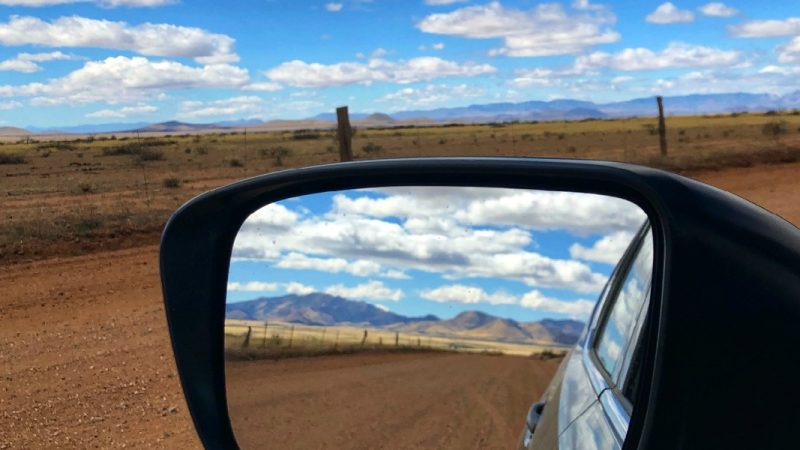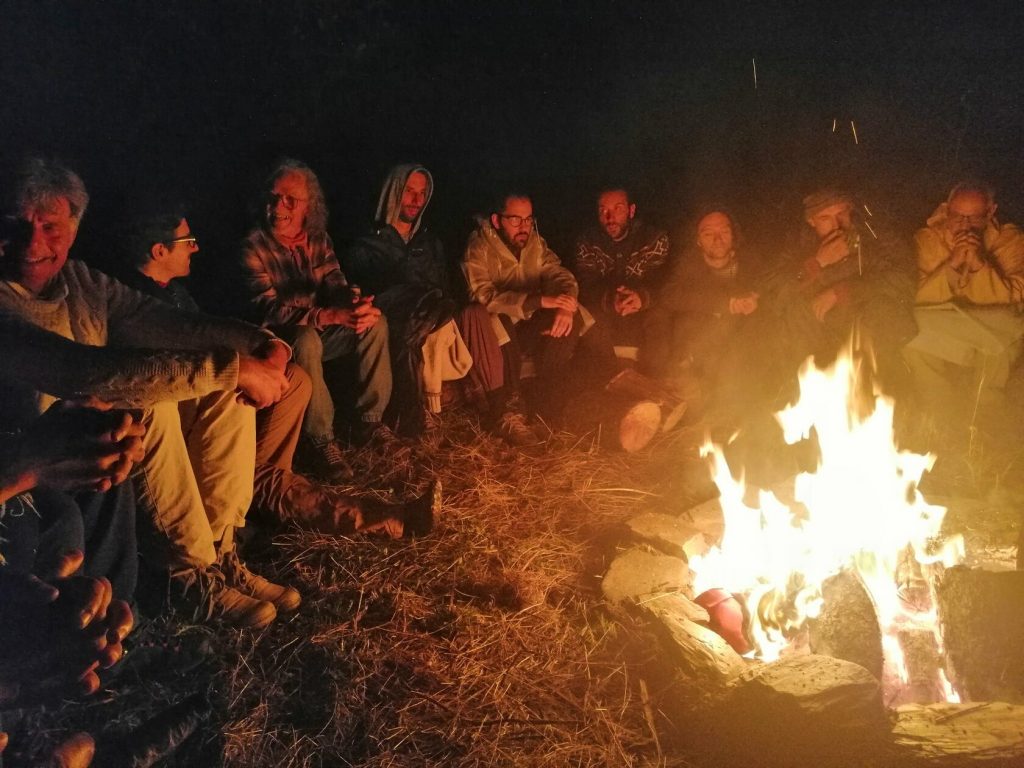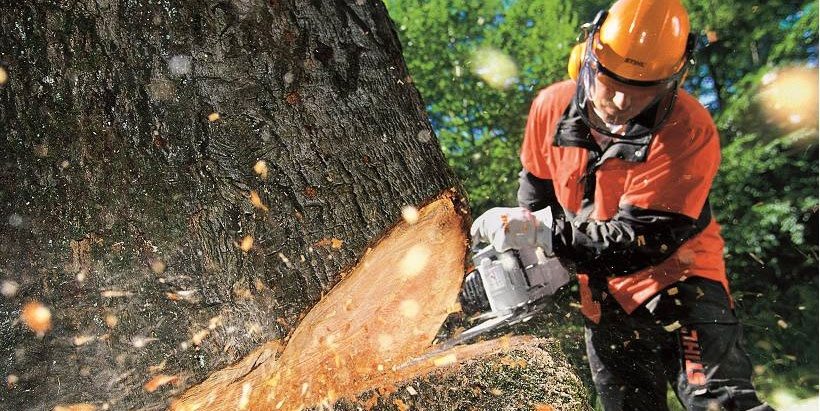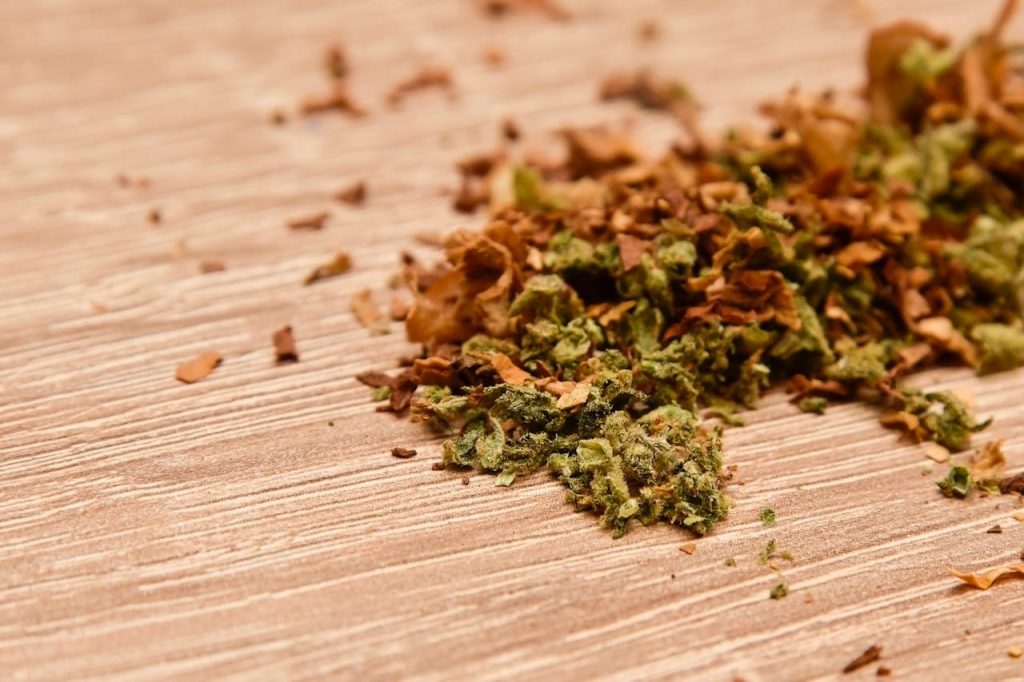Red Brain, Green Brain
We currently face climate chaos, oil spills, wildfires, health effects from air and water pollution, species loss, and so much more. An eco-anxiety response is common–almost a way of life. But are we sure that the eco-anxiety that has become normal for many is our best response to the crises we face? Both neuroscience and the history of activism suggest an alternative that’s more beneficial for us as individuals, and far more effective for healing our world.
Worrying about our planetary problems is unavoidable. It’s both frightening and saddening to observe the damage humanity has wrought on Earth in recent centuries. But staying in anxiety creates a freeze response in our brains that shuts down the optimism and innovation needed to regenerate life. How many people do you know who bemoan environmental problems and their effects on people, animals, and ecosystems, yet make few or no contributions to solutions or changes in their behavior? Eco-anxiety holds us in fear and prevents healing action.
In his book Hardwiring Happiness, neuroscientist Rick Hanson describes the human brain’s state of anxiety, stress, and pessimism as the activity of our reactive (and more primitive) ‘red brain.’ Conversely, our ‘green brain’ state is our responsive (and more evolved) mode of confidently meeting challenges and enjoying life’s pleasures without getting stuck in the stress response. Notably, the ‘green brain’ state is socially contagious in beneficial ways. Hanson explains that people who are feeling safe, open, and capable tend to influence others around them to feel similarly. The ‘red brain’ state is socially contagious, too, which explains why people who are feeling dread about environmental problems can influence others in their circle to experience similar types of fear, often without an active response to create solutions.
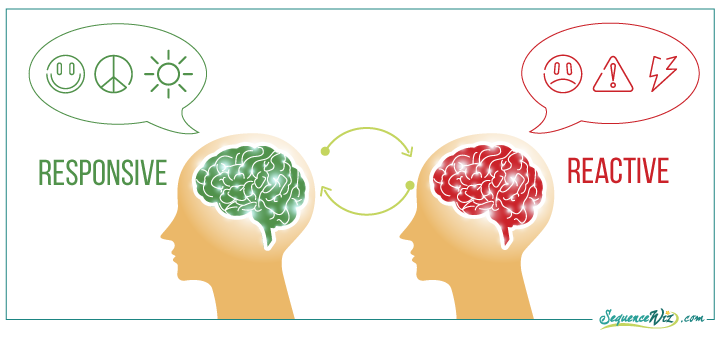
The danger of ‘red brain’ when we need to solve our own or the world’s problems is that it’s a biochemical state that, in Hanson’s words, “sucks up resources that could have been used for pleasure and ease, and for personal healing and growth. It makes us hunker down, muzzle self-expression, and dream smaller dreams.” The problem with smaller dreams, of course, is that they don’t lead to the kind of bold, regenerative solutions needed on Earth right now.
After decades of studying human history, I find that Hanson’s neuroscientific discussion of ‘green brain’ and ‘red brain’ makes perfect sense because I’ve observed that we accomplish our greatest feats from a foundation of inspiration, not fear. Our creativity arises from hope, not terror. Suffragettes didn’t attain votes for women a century ago by bemoaning how unattainable equal rights appeared to be—which causes me to worry when I hear my contemporaries anemically state that we must solve climate change but then voice their belief that we probably won’t.
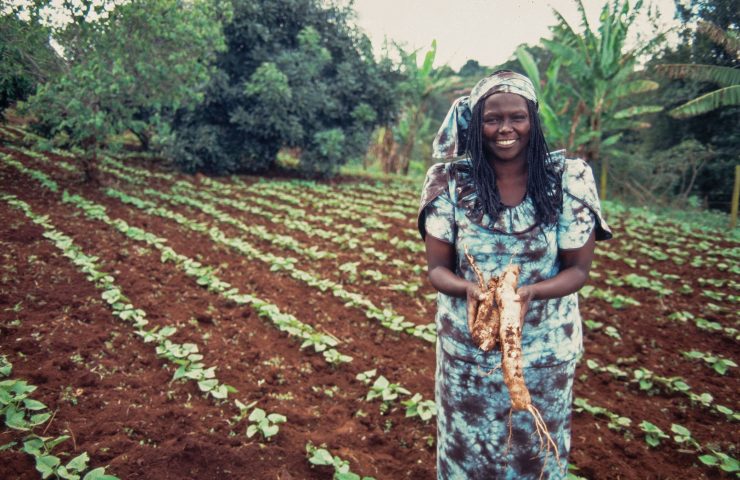 Wangari Maathai didn’t establish the Green Belt Movement out of an anxious assumption that reforesting Kenya would be impossible. Quite the opposite, she trained other Kenyan women to tend tree seedlings because she was acting from ‘green brain’ confidence that they could reforest their country while providing employment to rural women. (They’ve planted over 51 million trees since 1977.)
Wangari Maathai didn’t establish the Green Belt Movement out of an anxious assumption that reforesting Kenya would be impossible. Quite the opposite, she trained other Kenyan women to tend tree seedlings because she was acting from ‘green brain’ confidence that they could reforest their country while providing employment to rural women. (They’ve planted over 51 million trees since 1977.)
 Eighteen-year-old Boyan Slat didn’t found the Ocean Clean Up Project in 2013 because he assumed that removing plastic from our oceans would be impossible and stayed in the emotional upset of ‘red brain.’ Quite the opposite, he moved from his worry about the state of Earth’s oceans into a ‘green brain’ inspired determination that carried him through adjusting failed prototypes until his ship and net system achieved notable plastic cleanup success in 2021. Riding the swell of his ‘green brain’ eco-Inspiration, he and his team have also developed the Interceptor, a device that stops plastic in rivers from entering oceans in the first place. Maathai’s and Slat’s innovations are the type of response we need to our environmental crisis. Dejection solves nothing. Wangari Maathai, Boyan Slat and others whom we view as innovators of solutions are acting from the ‘green brain’
Eighteen-year-old Boyan Slat didn’t found the Ocean Clean Up Project in 2013 because he assumed that removing plastic from our oceans would be impossible and stayed in the emotional upset of ‘red brain.’ Quite the opposite, he moved from his worry about the state of Earth’s oceans into a ‘green brain’ inspired determination that carried him through adjusting failed prototypes until his ship and net system achieved notable plastic cleanup success in 2021. Riding the swell of his ‘green brain’ eco-Inspiration, he and his team have also developed the Interceptor, a device that stops plastic in rivers from entering oceans in the first place. Maathai’s and Slat’s innovations are the type of response we need to our environmental crisis. Dejection solves nothing. Wangari Maathai, Boyan Slat and others whom we view as innovators of solutions are acting from the ‘green brain’
Hanson’s ‘green brain’ term is poignantly appropriate for those of us concerned about helping Earth, her systems and beings, heal and regenerate. ‘Green brain’ is not only the brain state that leads to happiness, fulfillment, and thriving for an individual—it’s also the state of calm, creative response to the world that can enable us to look at the environmental devastation we’re currently experiencing and firmly decide to change it. We also can call it eco-inspiration: the alternative to eco-anxiety.
People around you who are in the ‘red brain’ of fear may not encourage you toward a creative contributions like changing how we generate energy, how we produce and dispose of waste, how we clean up environmental contamination, or how we create economies that are regenerative rather than degenerative. But you can make the choice to live more often in your ‘green brain’, eco-inspiration state, and inspire others toward the same.
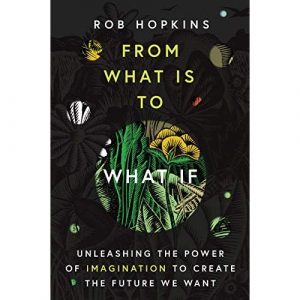 To suffer less and help a lot more, learn to cultivate your ‘green brain.’ Read news sources that report on the good things that are happening as we try to heal our planet, such as the Optimist Daily and the Solutions Journalism Network. Read books that are leading us beyond despair and into innovation: I appreciate Transition Towns founder Rob Hopkin’s From What Is to What If, climate negotiators Christiana Figueres’s and Tom Rivett-Carnac’s The Future We Choose, ecologist Stephan Harding’s Animate Earth, and Native American botanist Robin Wall Kimmerer’s Braiding Sweetgrass.
To suffer less and help a lot more, learn to cultivate your ‘green brain.’ Read news sources that report on the good things that are happening as we try to heal our planet, such as the Optimist Daily and the Solutions Journalism Network. Read books that are leading us beyond despair and into innovation: I appreciate Transition Towns founder Rob Hopkin’s From What Is to What If, climate negotiators Christiana Figueres’s and Tom Rivett-Carnac’s The Future We Choose, ecologist Stephan Harding’s Animate Earth, and Native American botanist Robin Wall Kimmerer’s Braiding Sweetgrass.
You can also look within and identify what you love about Earth and humanity, then let that love become an inner fire of inspiration that helps nourish your ‘green brain’. Then choose at least one way to contribute to Earth’s regeneration in your personal life — invest in renewable energy for your home or vehicle, support regenerative agriculture, compost, buy organic clothing, or make one of dozens of other sustainable or regenerative changes. You also can choose at least one way to contribute to Earth’s regeneration in your workplace or community. You might help with community gardens that manage stormwater while feeding people; plant trees and shrubs as green infrastructure that benefit air and water quality while moderating temperatures; or join a Transition Town or permaculture initiative that helps your community move toward sustainability and social justice.
One of the shadow sides of what we’re experiencing is that eco-anxiety both harms your well-being and hinders you from contributing to restoring our planet. But neuroscience and positive activism show that eco-inspiration benefits well-being and promotes engagement with environmental restoration. As Wangari Maathai stated in her book Replenishing the Earth, “In the process of helping the earth to heal, we help ourselves.”



